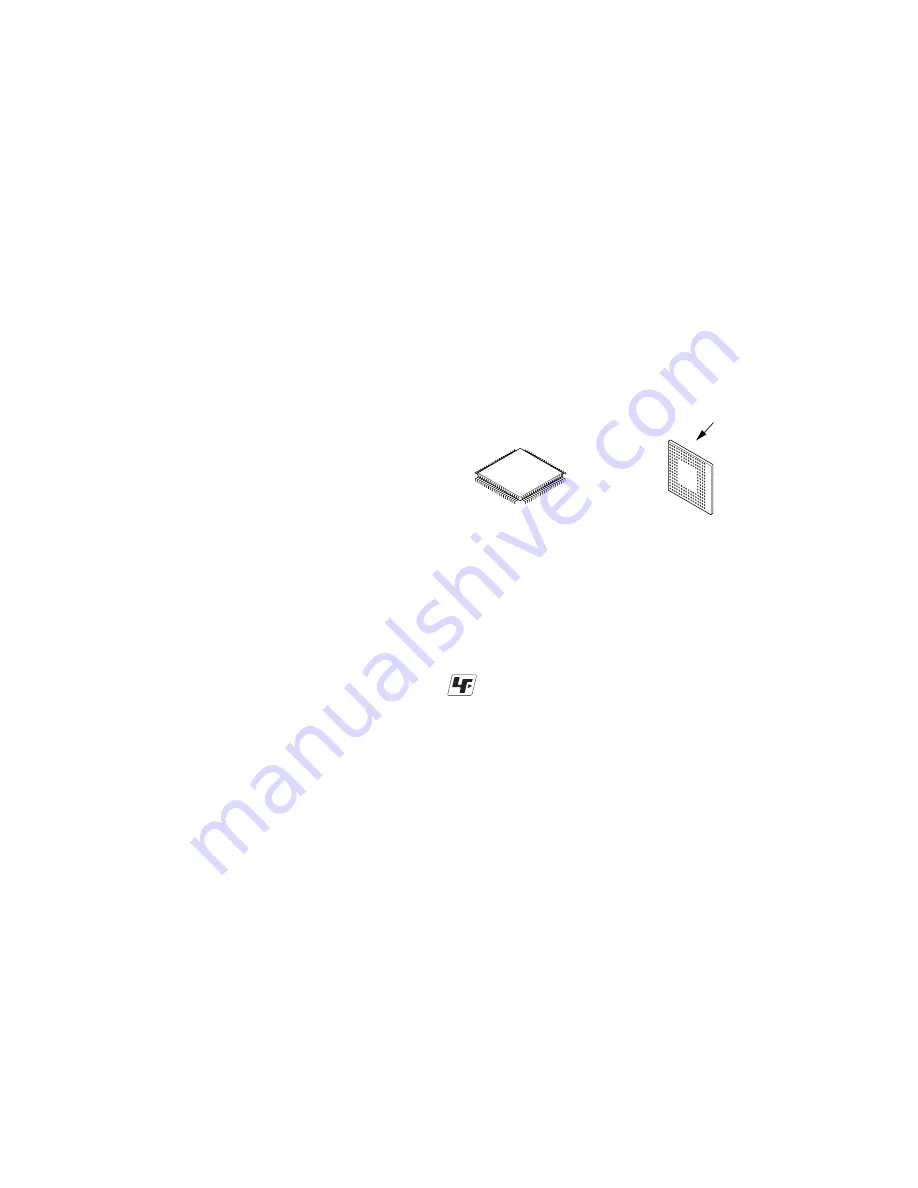
2
ICD-MS525
TABLE OF CONTENTS
Flexible Circuit Board Repairing
• Keep the temperature of the soldering iron around 270
°
C during
repairing.
• Do not touch the soldering iron on the same conductor of the
circuit board (within 3 times).
• Be careful not to apply force on the conductor when soldering or
unsoldering.
Notes on chip component replacement
• Never reuse a disconnected chip component.
• Notice that the minus side of a tantalum capacitor may be dam-
aged by heat.
*
Replacement of IC6201, IC7102 used in this set requires a special
tool.
•
The voltage and waveform of CSP (chip size package) cannot be
measured, because its lead layout is different from that of conven-
tional IC.
•
Lead layouts
Unleaded solder
Boards requiring use of unleaded solder are printed with the lead-
free mark (LF) indicating the solder contains no lead.
(Caution: Some printed circuit boards may not come printed with
the lead free mark due to their particular size.)
: LEAD FREE MARK
Unleaded solder has the following characteristics.
• Unleaded solder melts at a temperature about 40
°
C higher than
ordinary solder.
Ordinary soldering irons can be used but the iron tip has to be
applied to the solder joint for a slightly longer time.
Soldering irons using a temperature regulator should be set to
about 350
°
C.
Caution: The printed pattern (copper foil) may peel away if the
heated tip is applied for too long, so be careful!
• Strong viscosity
Unleaded solder is more viscous (sticky, less prone to flow) than
ordinary solder so use caution not to let solder bridges occur such
as on IC pins, etc.
• Usable with ordinary solder
It is best to use only unleaded solder but unleaded solder may
also be added to ordinary solder.
surface
Lead layout of
conventional IC
CSP (chip size package)
1. GENERAL
·········································································· 3
2. DISASSEMBLY
································································ 4
2-1. Front Cabinet Section, Lid (M) Section ······················· 4
2-2. LCD Block Assy ··························································· 5
2-3. Eject Mecha Block Assy, MAIN Board ························ 6
2-4. Speaker Assy (SP3201), Microphone Unit (MIC3201),
AUDIO Board-1 ···························································· 7
2-5. Speaker Assy (SP3201), Microphone Unit (MIC3201),
AUDIO Board-2 ···························································· 8
2-6. SWITCH Board ···························································· 8
2-7. Liquid Crystal Indicator Unit ········································ 9
3. TEST MODE
···································································· 10
4. DIAGRAMS
······································································ 12
4-1. Block Diagrams ·························································· 13
4-2. Printed Wiring Board – AUDIO Board – ···················· 15
4-3. Schematic Diagram – AOUDIO Board (1/2) – ··········· 16
4-4. Schematic Diagram – AOUDIO Board (2/2) – ··········· 17
4-5. Printed Wiring Board – MAIN Board – ····················· 18
4-6. Schematic Diagram – MAIN Board (1/2) – ··············· 19
4-7. Schematic Diagram – MAIN Board (2/2) – ··············· 20
4-8. Printed Wiring Board – SWITCH Board – ················· 21
4-9. Schematic Diagram – SWITCH Board – ···················· 22
5. EXPLODED VIEWS
······················································ 30
5-1. Front Cabinet Section ················································· 30
5-2. Rear Cabinet Section ·················································· 31
5-3. Case Section ································································ 32
6. ELECTRICAL PARTS LIST
······································· 33



































